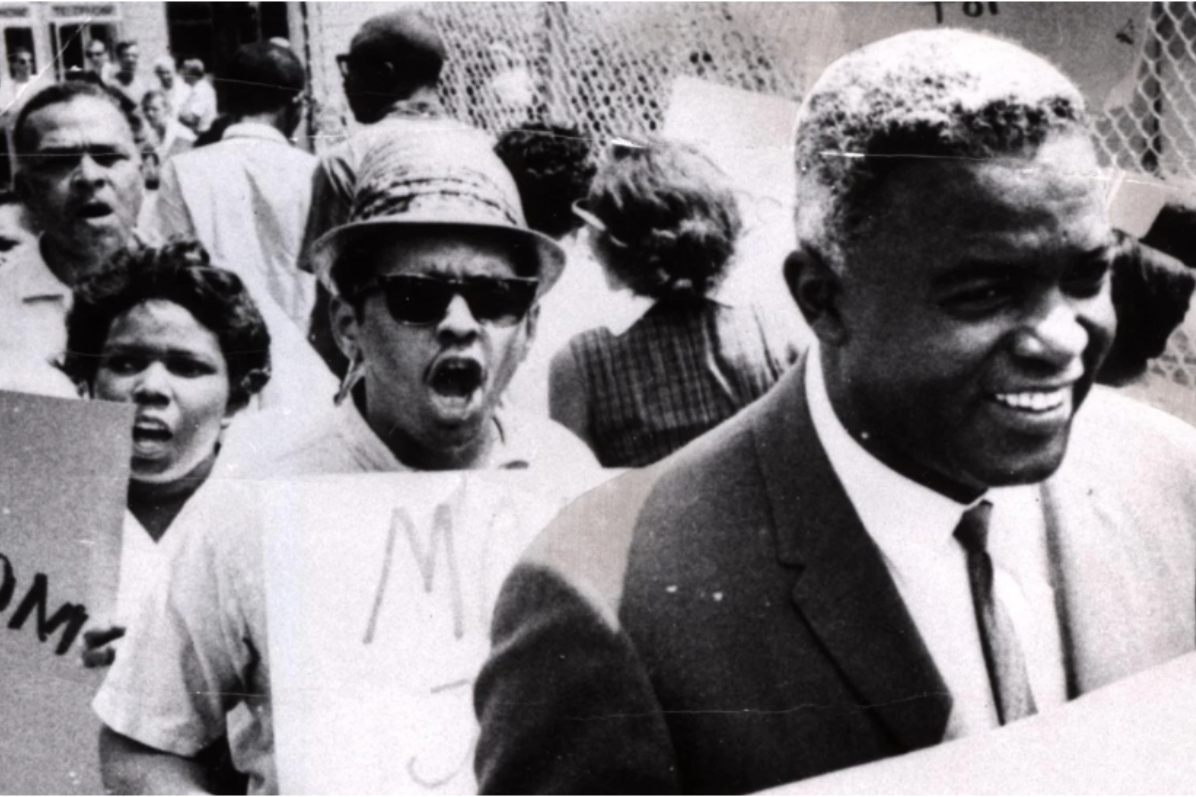Introduction
The Cannon Street All-Stars were not just a baseball team; they were a catalyst for change in Little League Baseball. Their struggle for inclusion in 1955 exposed racial discrimination within the sport and led to long-term policy changes that shaped youth baseball as we know it today.
The Racial Divide in Little League
In the early 1950s, Little League Baseball remained largely segregated, especially in the southern states. When the Cannon Street All-Stars won their state championship by default due to the mass withdrawal of white teams, it revealed the systemic barriers that Black athletes faced.
Little League Baseball's Response
Initially, Little League Baseball upheld its rule that teams must win on the field to advance, effectively barring the Cannon Street All-Stars from competing further. However, their exclusion sparked national outcry and forced Little League Baseball to confront its segregationist practices.
The Impact on Little League Policies
By the late 1950s and early 1960s, the pressure from civil rights activists and public scrutiny led to increased integration in youth baseball. Little League Baseball gradually phased out segregationist policies, allowing teams of all racial backgrounds to compete on equal footing.
Conclusion
The Cannon Street All-Stars' journey was not in vain. Their struggle brought national attention to racial inequality in youth sports and played a key role in breaking down racial barriers in Little League Baseball. Today, their legacy is a reminder of how sports can be a powerful force for social change.
 English
English
 العربية
العربية
 中文語言
中文語言
 हिंदी भाषा
हिंदी भाषा
 हespañol
हespañol
 русский
русский
 Português
Português
 Le français
Le français
 Deutsch
Deutsch
 ภาษาไทย
ภาษาไทย
 Português
Português


Add New Comment